Fire Safety Equipment Maintenance
This post is part of the “Focus on Health and Safety Audit Questions” series. A series which focuses on questions asked by our health and safety consultants when conducting a health and safety audit.
Question
Check fire safety equipment is accessible, well maintained and not tampered with (e.g. seals etc).
Reason for This Question
All fire alarm call points, extinguishers and fire hose reels should be accessible, fire extinguishers correctly mounted.
Possible Answers
Red: Access to fire call points, extinguishers or hose reels is obstructed
Amber: Extinguishers present but not stored in their designated location
Green: There is unobstructed access to fire alarm call points, extinguishers and fire hose reels
Common Issues
- Fire extinguishers in poor condition
- Fire extinguishers do not have designated areas
- Fire extinguishers have not been mounted
- Discharged fire extinguishers
- Obstructed fire extinguishes
- Fire equipment including call points and fire extinguishers not serviced of maintained
- Fire panel showing disablement
Fail Rate
20% of businesses failed this question based on our sample data.
Fire Extinguisher Tests
Routine inspection by the User
It is recommended that all extinguishers are inspected regularly. This is to make sure that the appliances are in their proper position and have not been discharged or lost pressure [in the case of extinguishers fitted with a pressure indicator], or suffering obvious damage. The frequency of the inspection should not be less than quarterly, but preferably monthly. Any extinguisher not available for use should be replaced.
Annual Inspection, Service and Maintenance by a Competent Person
The user should ensure that extinguishers are inspected, serviced and maintained as recommended in current British Standards. The procedures should be carried out annually by a competent person capable of conducting them according to the recommendations of BS EN3 and BS5306-3. All faults must be rectified.
Fire Alarm System Tests
General
Fire Alarms should be installed under and operate to BS 5839: Part 1: 1988. For premises in continuous use, eg nursing homes, hospitals there should be a service agreement in force that should preferably include a requirement that a service engineer should be on call at all times. It is important to ensure that the operation of testing does not result in a false alarm of fire. Employees should be instructed not to exceed the scope of their training.
Daily
A check should be made each day to ensure that the fire alarm panel indicates normal operation or if not that the fault is recorded in the log book and that the service engineer is notified. Ensure that any fault recorded the previous day has been dealt with promptly.
Weekly
The alarm must be tested every week to ensure that the system is capable of operating under alarm conditions. At least one detector, call point, end of line switch [or device] should be operated to test the ability of the control and indicating equipment [the panel] to receive a signal and to sound the alarm and operate any other warning devices. Also ensure that all automatic doors connected or that are activated by the alarm are being released and closing fully onto their door rebates. The alarm system must be inspected by a competent person at sufficient intervals which should be determined by the size and complexity of the system and the risk based requirements. A certificate issued and recorded.
Fire Detectors [Smoke and Heat]
Regular visual inspection of detectors for damage, unusual accumulation of dirt, heavy coats of paint and other conditions likely to interfere with the correct operation of the detector. Detectors should be checked for correct operation and sensitivity in accordance with the manufacturer’s instructions. This is normally carried out by an approved contractor. Where battery operated detectors are fitted they must be checked on a weekly basis and the batteries should be replaced annually.
Our Solutions
Fire Fighting equipment and fire alarm system checks, logging, tracking and required forms are available as part of our award winning health and safety software, PYRAMID™ Online Risk Management System.

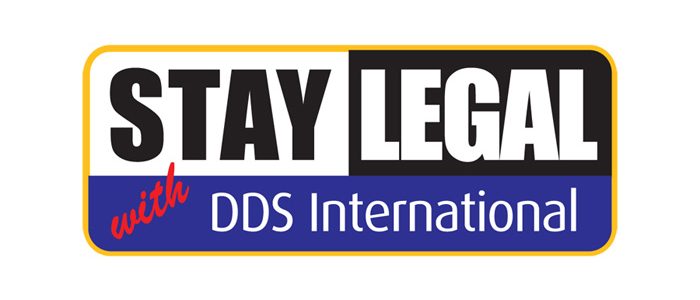
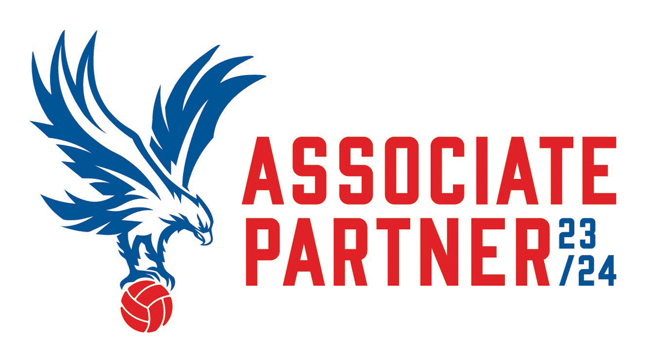
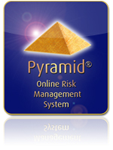


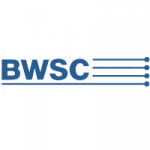
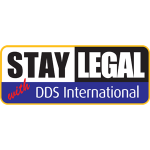

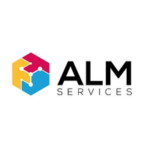
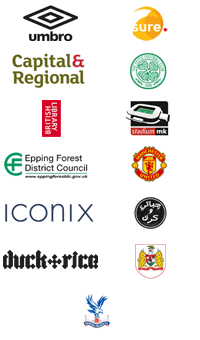
Comments are closed.